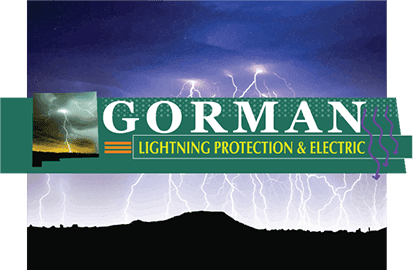Everybody who has experienced a thunderstorm has seen lightning, those tremendous bolts of electricity, which look like Zeus’s wrath, threatening to crack and split the sky.
Lightning is one of the leading weather-related causes of injury and death in the United States. Most people don’t know they can be struck by lightning under blue skies, 10 miles away from a thunderstorm.
What is Lightning?
Lightning is a huge discharge of electricity caused by imbalances between the clouds and the ground or between clouds themselves. It is often accompanied by a brilliant flash of light and a loud boom of thunder.
Lightning Facts
A single bolt of lightning contains 100 million volts of electricity. Its sparks can reach up to 5 miles and create heat as much as 50,000 degrees Fahrenheit.
Types of Lightning
There are three primary types of lightning: cloud to ground, intra-cloud, and cloud-to-cloud.
A hundred bolts of cloud-to-ground lightning can strike the planet Earth every single second. Each bolt can contain up to 1 billion volts of electricity.
A typical bolt of cloud-to-ground lightning comprises a step-like series of negative charges, which race downwards from a storm cloud towards the Earth at a speed of 200,000 mph. When the lowermost step comes within 150 feet of a positively charged object, it is met by a “streamer” of positive electricity from the ground, which can rise up through a person and even a building. When the two connect, the overall discharge results in a flash of visible electricity, called lightning.
Out of the three types of lightning, this one poses the greatest threat to the safety of humans as it terminates upon striking the Earth.
About 1 out of 20 cloud-to-ground bolts is “positive lightning,” which originates from the positively charged tops of storm clouds. Unlike typical lightning bolts, their charges are reversed and are far more destructive. This type of lightning can stretch across the sky and hit its target “out of the blue” from over 10 miles away.
The most frequently occurring type of lightning is the “intra-cloud lightning” which occurs between different areas of a single cloud. About three-quarters of all lightning is this type and does not ever leave the cloud where it is born. They are also called “sheet lightning” because they light up the cloud’s surface like a glowing sheet when they strike and occur without thunder.
Lightning sometimes leaves the cloud and jumps from cloud to cloud or strike the air if enough charge is built up. When this happens between two clouds, this type of lightning is called “cloud-to-cloud lightning.”
Although cloud-to-cloud and intra-cloud lightning does not pose harm to humans and houses on the ground, it can be devastating for planes or other flying machines that fly directly through a thunderstorm.
Impact of Lightning Strikes on the Ground
Large houses or other big buildings are the safest places to be in during a thunderstorm. These houses often have some mechanism for conducting the electrical current from the point of contact to the ground. Some houses are grounded by rods that pass the lightning harmlessly to the ground. They may be unwittingly grounded by gutters, plumbing or other material, but people who use landline phones, or touch running waters, may be shocked by the electricity conducted through them. This is because, on the outside, lightning can travel along the outer shell of the building or the gutters to the ground. Inside a house, lightning can follow the plumbing, wiring and even telephone lines on its way to the ground.
How To Avoid Getting Shocked By Lightning
- Do not use a landline phone during thunderstorms.
- Avoid contact with electrical cords or equipment.
- Do not wash hands, go to the toilet, or do your dishes as lightning can be conducted through plumbing.
- Avoid dishwashers or washing machines as they are not just connected to the plumbing but to the electrical system and the electric path through the dryer vent.
Now you know about the many types of lightning, to know how to stay safe during a lightning storm check out this article.


